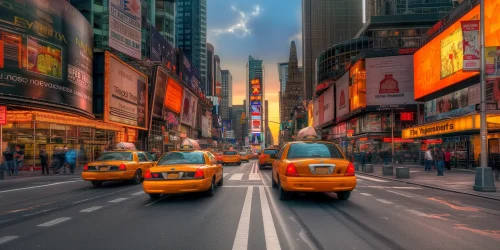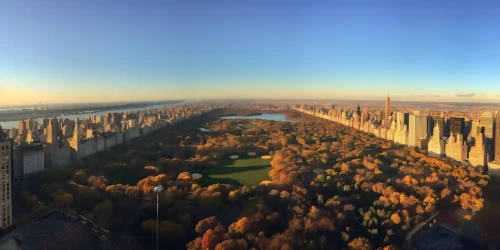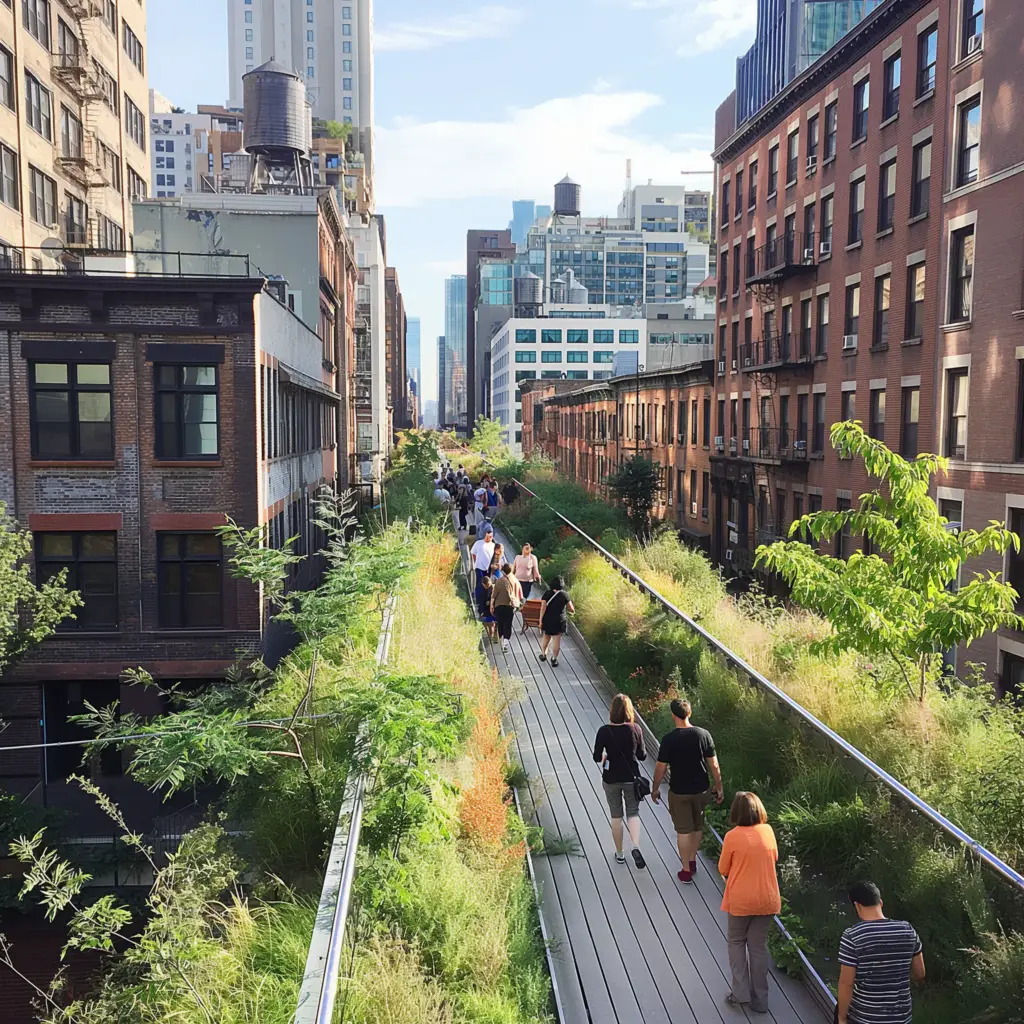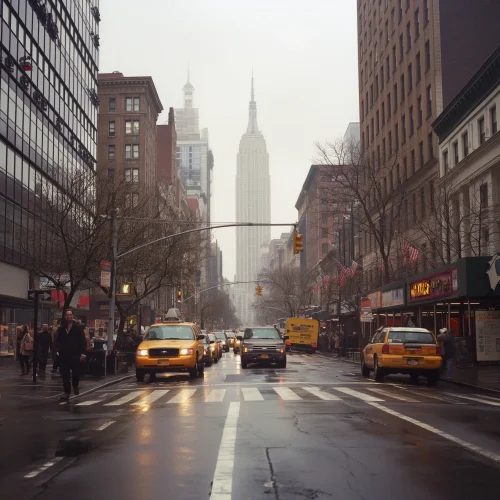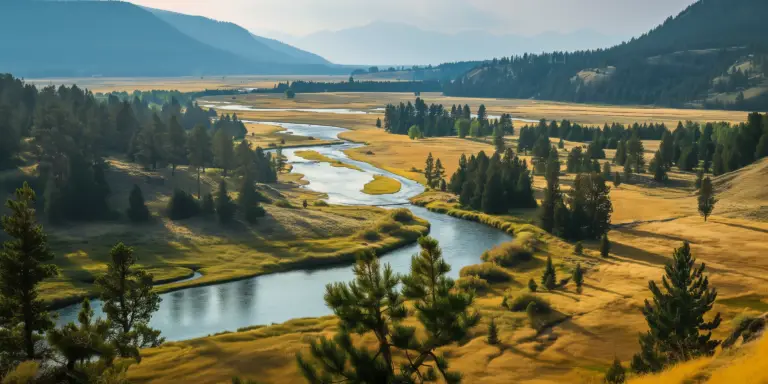The New York High Line is a unique urban park located on Manhattan’s West Side. This elevated green space stretches for 1.45 miles, offering a refreshing escape from the bustling city streets below. Transformed from a disused railway line into a verdant haven, the High Line is a perfect blend of nature, art, and urban history, making it a must-visit for both locals and tourists.
History and Transformation
Originally constructed in the 1930s, the High Line was part of the New York Central Railroad. It was designed to lift dangerous freight trains off the streets of Manhattan’s largest industrial district. After decades of disuse and neglect, the line faced demolition. However, community activists and local residents rallied to save it, leading to its reinvention as a public park. The first section of the High Line opened in 2009, with the final segment completed in 2014.
Design and Features
The High Line’s design, spearheaded by James Corner Field Operations and Diller Scofidio + Renfro, is a testament to innovative urban planning. The park features a mix of gardens, walkways, seating areas, and art installations. Native plants and trees line the pathways, creating a lush landscape that changes with the seasons. The park’s elevated position provides visitors with stunning views of the Hudson River and the city skyline.
Highlights of the High Line
Gardens and Green Spaces
The High Line’s planting design, by Piet Oudolf, emphasizes perennial plants and native species. This results in a dynamic landscape that evolves throughout the year. Visitors can enjoy the sight of blooming flowers in spring, lush greenery in summer, colorful foliage in autumn, and stark beauty in winter.
Art Installations
Art plays a significant role in the High Line experience. The park features rotating installations from both established and emerging artists. These works range from sculptures and murals to interactive pieces, making each visit unique. The Friends of the High Line, the nonprofit organization that maintains the park, curates these art installations.
Scenic Viewing Points
Several viewing areas along the High Line offer breathtaking vistas of the city. The Diller – von Furstenberg Sundeck, for example, provides a perfect spot to relax with a cold drink while taking in views of the Hudson River. The 10th Avenue Square and Overlook is another popular spot, offering a grand perspective of the bustling avenue below.
Activities and Events
The High Line hosts a variety of events throughout the year, catering to all age groups and interests. From guided tours and fitness classes to art workshops and live performances, there’s always something happening. Seasonal events, such as outdoor movie nights and food festivals, further enhance the park’s vibrant atmosphere.
Practical Information
- Location: The High Line runs from Gansevoort Street in the Meatpacking District to 34th Street, between 10th and 12th Avenues.
- Hours: The park is open daily, with hours varying by season. It generally opens at 7:00 AM and closes at 11:00 PM during the summer.
- Admission: Free.
- Accessibility: The High Line is fully accessible, with elevators and ramps at various access points.
Tips for Visiting
- Wear Comfortable Shoes: The High Line is best explored on foot, so comfortable footwear is essential.
- Plan Your Visit: Weekdays are less crowded than weekends. Early mornings or late evenings offer a more tranquil experience.
- Bring a Camera: The park’s unique architecture and scenic views make it a photographer’s paradise.
- Stay Hydrated: Especially in summer, as there are few places to buy drinks along the way.
- Check the Schedule: Look up events happening during your visit to make the most of your time there.
The New York High Line is more than just a park; it’s a symbol of urban renewal and community spirit. Its blend of nature, art, and history offers a refreshing perspective on what a city park can be. Whether you’re a local or a tourist, a stroll along the High Line is a must-do activity that showcases the vibrant and innovative spirit of New York City.
